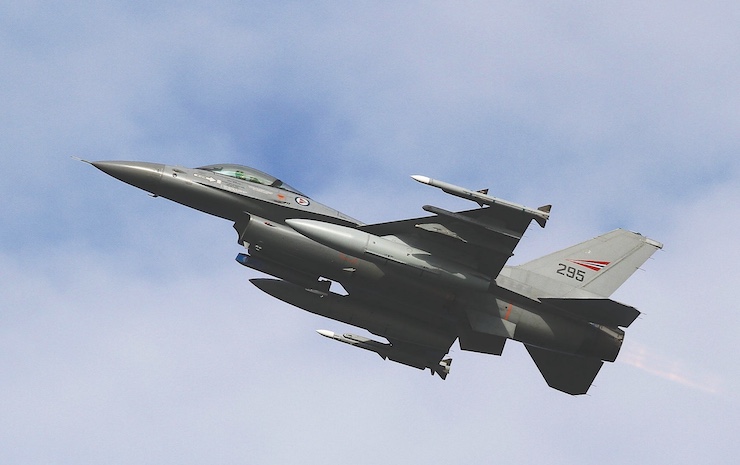
The “dogfight” may be the quintessential aerial contest waged between warring pilots. But is it one in which an unmanned or remotely piloted drone can also compete and win? The Pentagon actually tested the dogfight concept back in the 1970’s with remotely piloted drones, not the autonomous AI-supported aerial vehicles that exist today. Back then, the remotely piloted drones held their own in dogfights with F-16s, leading to speculation that the US Air Force might explore the concept further. Instead, USAF (United States Air Force), which was anxious to develop a new line of jet fighters and other sophisticated aircraft, abruptly dropped the idea. Until two years ago, it appeared that it might never raise it again.
But in February 2020 the Pentagon suddenly announced that it planned to test the ability of AI-guided drones against an F-16 manned by a veteran pilot. The two crafts went at it in simulated combat for five rounds. The drone came away the victor all 5 times. Last year, the Pentagon planned to try again, this time pitting the drone against not just the F-16 but more advanced jets like the F-35 and F-22. And in 2024, the Pentagon plans to shift from the dogfight test from a simulated combat setting to something closer to the real thing.
USAF’s growing interest in drone warfare is no mere futuristic fantasy. Under guidance first issued in 2015, the Pentagon has made the use of artificial intelligence and machine learning central to all US defense planning. If the current experiment pans out, AI could transform the way America prepares for and fights its war. In fact, the new dog fighting drone is just the latest in a package of USAF AI-enabled systems. The Air Force also plans to integrate AI and machine learning algorithms into its battle planning software as well as its basic maintenance practices. USAF also has plans underway to develop a separate unmanned aircraft, the Skyborg, which it first tested in flight in April 2021 at Tyndall Air Force Base in Florida.
Military analysts caution against reading too much into the drones’ dog-fighting success. It’s impressive but it doesn’t necessarily mean that drones are likely to be effective fighting aircraft on their own. Real-live combat requires numerous aircraft flying together, performing different roles, some in reconnaissance, others in attack mode, firing their weapons at a distance. And the degree of split-second timing, coordination and flexibility that may not be “programmable,” even with the most sophisticated AI.
As unmanned drones continue to develop, Pentagon planners are likely to assign them a subsidiary role in mixed air force squadrons with human pilots still directing most of their operations from the cockpit. USAF’s new Skybord, for example, is being billed as a “wingman” drone, useful for protecting the squadron from attack, while conducting limited – and broadly supervised – ground attack operations on their own. For USAF’s elite pilots, this could be a step up: from “Top Gun” to “System Mission Commander”.
|